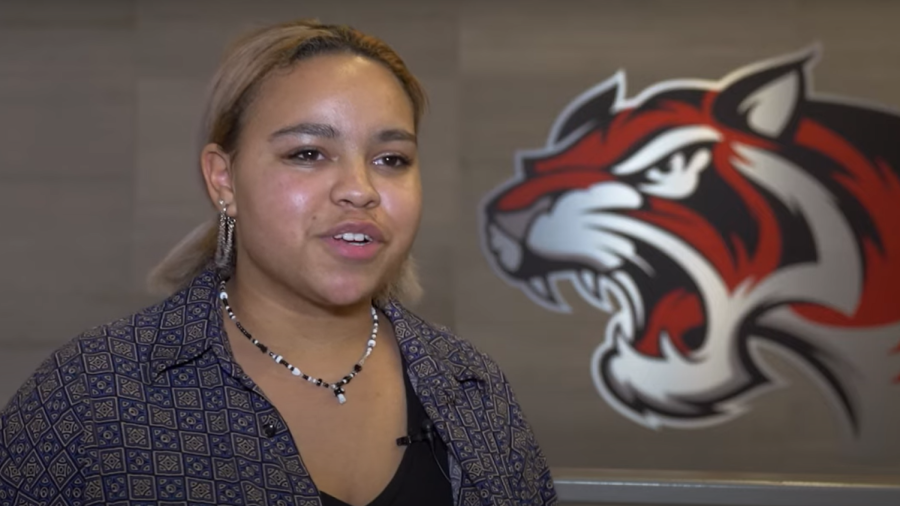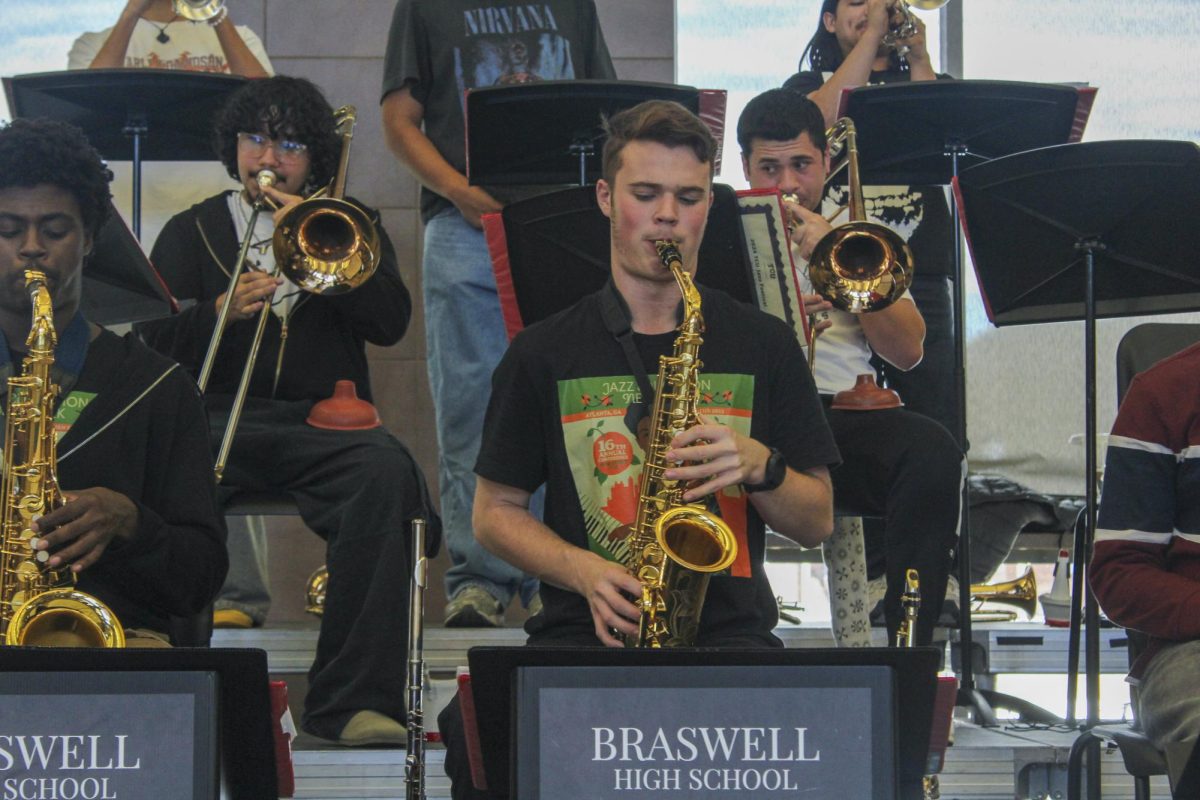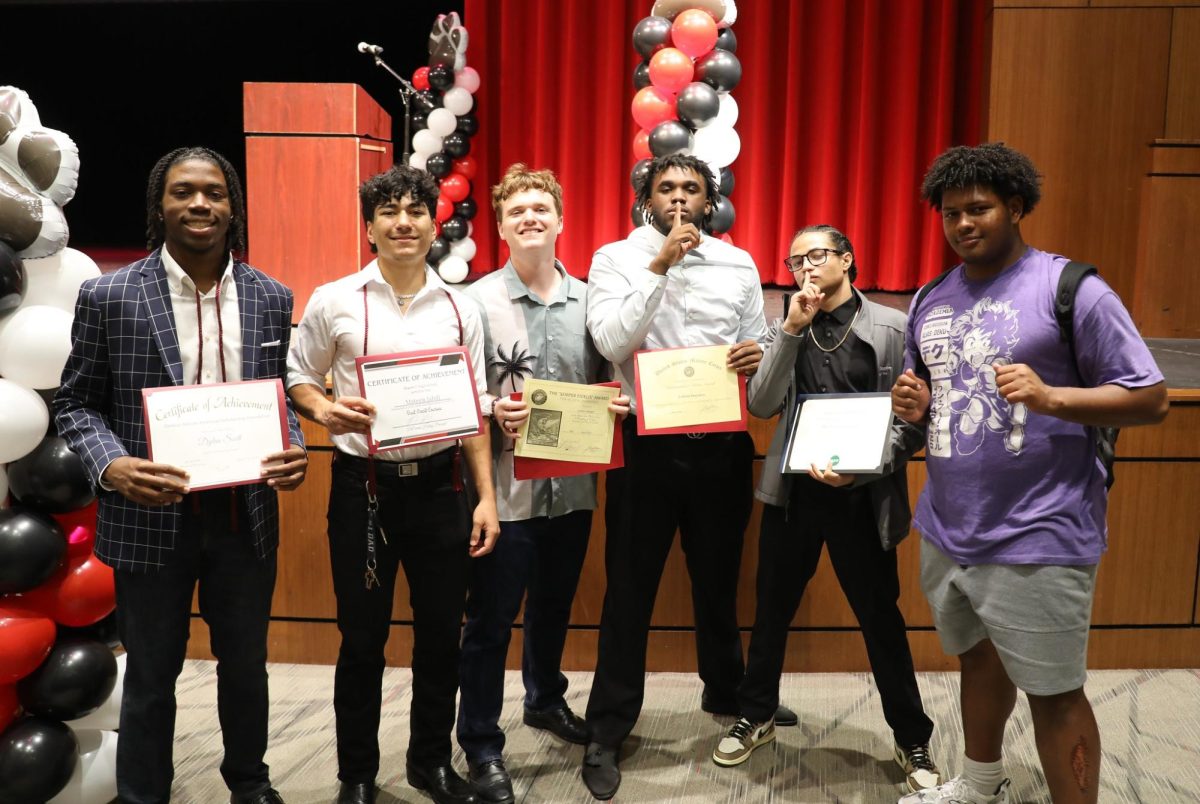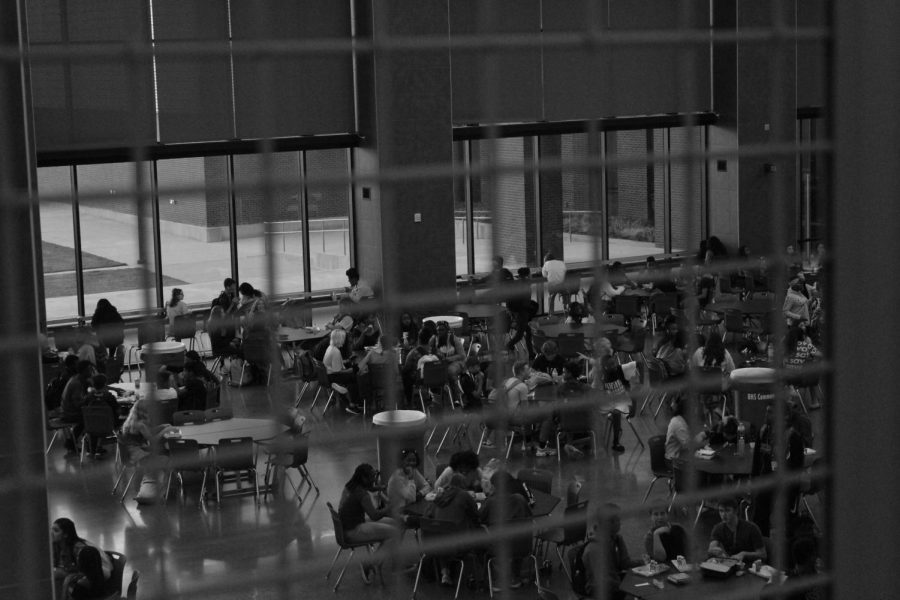What to Know About E-Lunch and Advisory
August 30, 2019
The new lunch schedule and advisory period was created in response to the growing population and will be a change for the returning Braswell High School students during the 2019-2020 school year.
This year the schedule has been shifted making all classes, except third block, five minutes shorter in order to add an extra lunch and consequently, an advisory period, with the purpose of providing vital information to students and preventing overcrowded lunches.
Unlike in previous school years where there have been four lunch periods, there has been an additional lunch added to the school day for a total of five lunches. An advisory period, which takes place during the new E lunch, except for those who have E lunch and have advisory during D lunch, has been introduced as well. This brings the question of why these changes have been added to our schedule.
School principal Dr. Lesli Guajardo said the additional 30 minutes for lunch and advisory solved two problems at once when addressing the concerns they had for the students.
Dr. Guajardo and assistant principal, Ms. Dawn McCullough were discussing the issues of what she called “student intervention” at a conference last October.
“Many of our students really need academic interventions and there’s no time or space in the school day to create that intervention,” said Dr. Guajardo. “What would we have to do to create that intervention time? […] we thought about advisory.”
The purpose of advisory is to help students with their struggles and to do necessary lessons required by the district/state. Counselors can use this time to teach lessons required by the state about awareness and serious issues regarding students’ lives, while Dr. Guajardo makes use of this time to update students on school expectations and other important announcements.
In addition to the need for an advisory period, Dr. Guajardo and Ms. McCullough discussed the topic of overpopulation in their meeting. “At the end of the winter semester, the beginning of spring semester we saw that passing periods [during lunch] were getting out of control,” said Dr. Guajardo.
The population count at the end of last year was around 2000 students including the graduating seniors. This year, Braswell reported 2341 students, showing a 341 student increase. This population will continue to be a growing concern for Braswell.
“We had a need for an additional lunch so that our lunches weren’t so big,” said Dr. Guajardo.
Initially, the new lunch/advisory block was supposed to start in the Spring Semester last year. However, due to the lack of research and conflicts, they decided to push it to the next school year. “We spent the Spring semester talking to a lot of people about what this impacts, what it means, how it impacts transportation, how it impacts the cafeteria staff and having those conversations. Then coming up with a schedule that benefits everybody or most everybody in the situation,” said Dr. Guajardo.
The new lunch schedule, with the added E-lunch, has had an overall negative reaction among the student population.
“The food isn’t fresh and there is not enough for us [to eat]. We choose not to eat because the food isn’t good,” said Emilee Perkins, a sophomore at Braswell. “I don’t eat dinner anymore.”
Many students also stated that the snacks are running out during E-lunch and it is concerning for students who can only eat the snacks due to the lunches having limited options.
The advisory period is also not cared for by many students although there are some who don’t mind.
“Advisory is a waste of time and no one cares [about the lessons], said Perkins. “[The school] is giving us a class that could be used for something else like a study hall.”
It is not clear if these negative reactions will impact scheduling in the future.













































